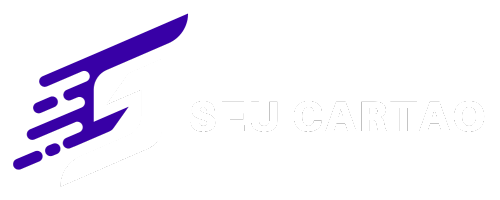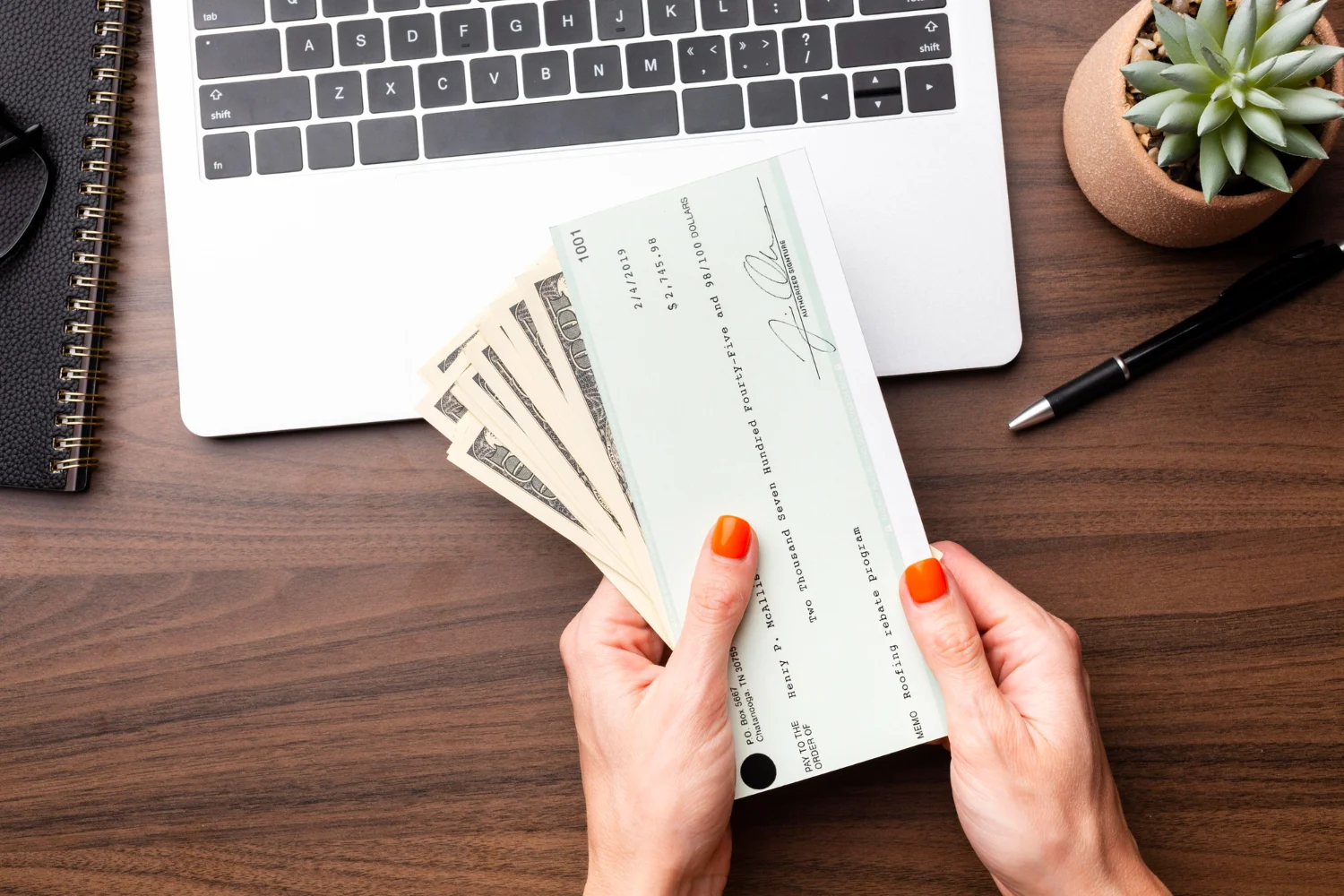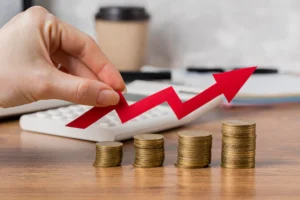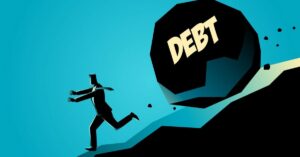The overdraft facility, commonly known as a “cheque especial” in some countries, is a financial tool provided by banks that allows account holders to withdraw more money than they currently have in their account.
While it can be a convenient resource during times of financial strain, understanding when to use and when to avoid this is crucial for maintaining financial health.
In this comprehensive guide, we’ll explore the ins and outs of it, its benefits and drawbacks, and best practices for its usage.
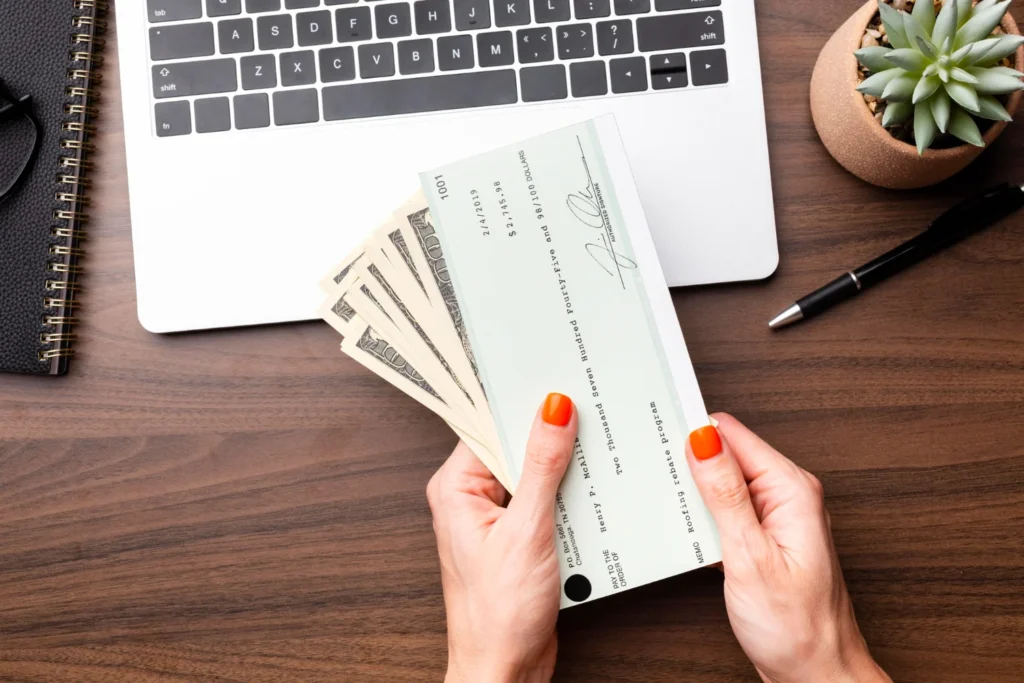
Understanding the Overdraft Facility
The overdraft facility is a line of credit linked to an individual’s checking account, allowing them to make withdrawals or payments even when their account balance reaches zero.
Essentially, it serves as a safety net for covering unexpected expenses or temporary cash flow shortages. When an account holder exceeds their available balance, the bank covers the shortfall and charges interest on the overdraft amount until it is repaid.
When to Use the Overdraft Facility
- Emergency Expenses: The overdraft facility can be a valuable resource during emergencies when immediate access to funds is necessary. Whether it’s a medical expense, car repair, or home repair, having the option to temporarily exceed your account balance can provide much-needed financial relief.
- Short-Term Cash Flow Issues: If you anticipate a temporary shortfall in your finances due to irregular income or unexpected expenses, utilizing it can help bridge the gap until your next paycheck or influx of funds.
- Avoiding Returned Payments: Overdrafts can prevent returned payments or bounced checks, which can incur additional fees and damage your credit score. By utilizing it, you can ensure that essential bills and expenses are covered even when funds are low.
When to Avoid the Overdraft Facility
- Frequent Use: Relying on it as a primary source of funds may indicate underlying financial issues. Chronic overdrafts can lead to a cycle of debt, as the interest charges accrue over time, making it increasingly difficult to repay the borrowed amount.
- Unnecessary Purchases: Using the overdraft facility for non-essential purchases or discretionary spending can lead to unnecessary debt and financial strain. It’s essential to differentiate between essential expenses and discretionary purchases to avoid overspending.
- High Fees and Interest Charges: Overdraft fees and interest rates can be substantial, particularly if the overdraft is not repaid promptly. Before utilizing it, consider the potential cost of borrowing and explore alternative sources of funding, such as savings or emergency funds.
Best Practices for Using this
- Monitor Account Balances: Keep a close eye on your account balances and transaction history to avoid unintentional overdrafts. Set up alerts or notifications to receive updates on your account activity and balance levels.
- Use Sparingly and Responsibly: Limit the use of the overdraft facility to genuine emergencies or short-term cash flow issues. Avoid relying on overdrafts as a long-term solution to financial challenges.
- Repay Promptly: Once you’ve utilized the overdraft facility, prioritize repaying the borrowed amount as soon as possible to minimize interest charges and avoid accumulating debt. Consider making extra payments when you have surplus funds to reduce the outstanding balance.
Conclusion
While the overdraft facility can provide temporary financial relief during emergencies or cash flow shortages, it’s essential to use it judiciously and responsibly.
Understanding when to use and when to avoid the overdraft facility is key to maintaining financial stability and avoiding unnecessary debt.
By following best practices and exercising caution, you can leverage the overdraft facility as a valuable financial tool without succumbing to its potential pitfalls.
